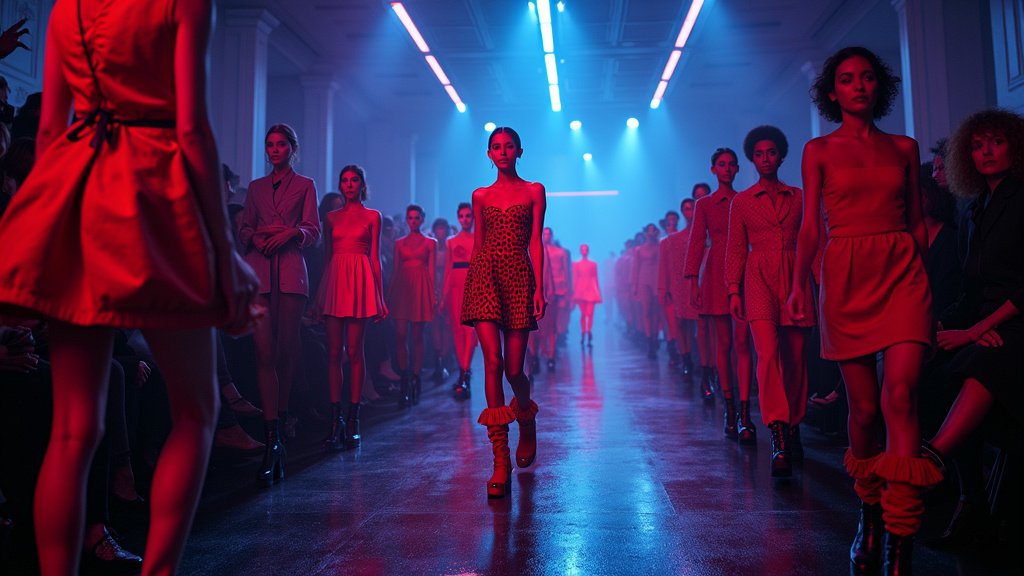The fashion world is often a cyclical affair, with trends resurfacing decades after their initial debut. Now, one such trend is threatening to make a comeback: the bandage dress. But is this body-hugging garment, a hallmark of the early 2000s, truly ready for a modern audience? This article delves into the potential resurgence of the bandage dress, exploring its history, impact, and prospects for navigating today’s diverse fashion landscape.
A Glance Back: The Rise of the Bandage Dress
The early 2000s were a time of bold fashion statements, and the bandage dress epitomized this era’s love for a confident, overtly feminine silhouette. Known for its form-fitting design, constructed from strips of fabric that hugged the body, the bandage dress was popularized by brands like Herve Leger. This distinctive look quickly became a red-carpet staple and a symbol of a certain aspirational lifestyle. The dress’s tight construction created a specific aesthetic, immediately recognizable and inextricably linked to a particular moment in fashion history.
The Dress and Its Association with Body Types
A key aspect to consider when examining the bandage dress’s potential return is its inherent association with a specific body type. The dress’s design, which emphasized a sculpted, streamlined figure, often proved challenging for those who didn’t conform to the prevailing beauty standards of the time. This raises questions about inclusivity in the modern fashion landscape, which has, in recent years, embraced a wider range of body types and sizes. The bandage dress’s restrictive nature may present a hurdle as contemporary fashion trends increasingly champion comfort and versatility.
Modern Trends and the Bandage Dress’s Challenge
The current fashion climate is a stark contrast to the era when the bandage dress reigned supreme. Today, relaxed silhouettes, oversized clothing, and a focus on individual style dominate the runways and street style scenes. The move towards comfortable, functional clothing challenges the bandage dress, which prioritizes a very specific and often impractical aesthetic. Can this throwback item find a place alongside the current trends? Is there a way to revitalize this trend for the modern consumer?
Reasons for Past Popularity: Culture, Celebrities, and Beyond
To understand the bandage dress’s potential in a changing fashion landscape, it is essential to consider the factors that fueled its initial popularity. Cultural influences, celebrity endorsements, and the prevailing values of the early 2000s all played a significant role. Red-carpet appearances by celebrities wearing Herve Leger designs quickly cemented the dress’s status as a symbol of glamour and status. The rise of reality television and celebrity culture, which celebrated body image, also contributed to its widespread adoption. These factors, combined with an aspirational desire to emulate celebrity looks, created a perfect storm of demand. Whether those elements can be recreated in a modern context remains to be seen.
Can It Work Today?
As the bandage dress considers a potential comeback, it faces a multitude of challenges. Its previous association with a narrow range of body types and the dominance of relaxed silhouettes in current trends present significant obstacles. The question isn’t just whether the dress can be worn again, but whether it can be embraced by a generation that values inclusivity and individual expression. Fashion continually reinvents itself, often drawing inspiration from the past. The bandage dress’s success in today’s fashion landscape will depend on its ability to adapt and resonate with a new generation of consumers.





